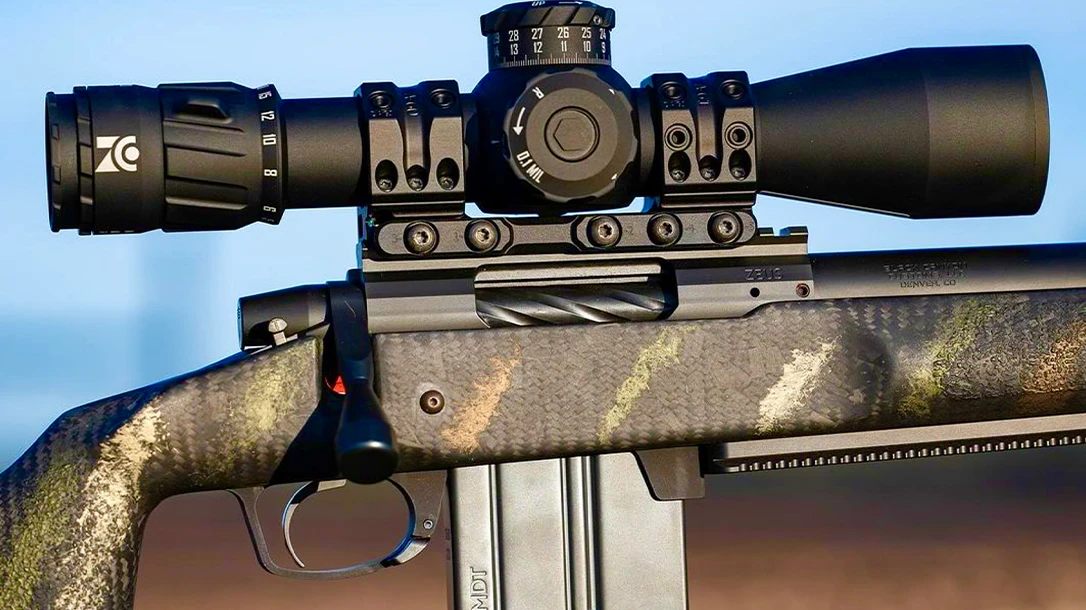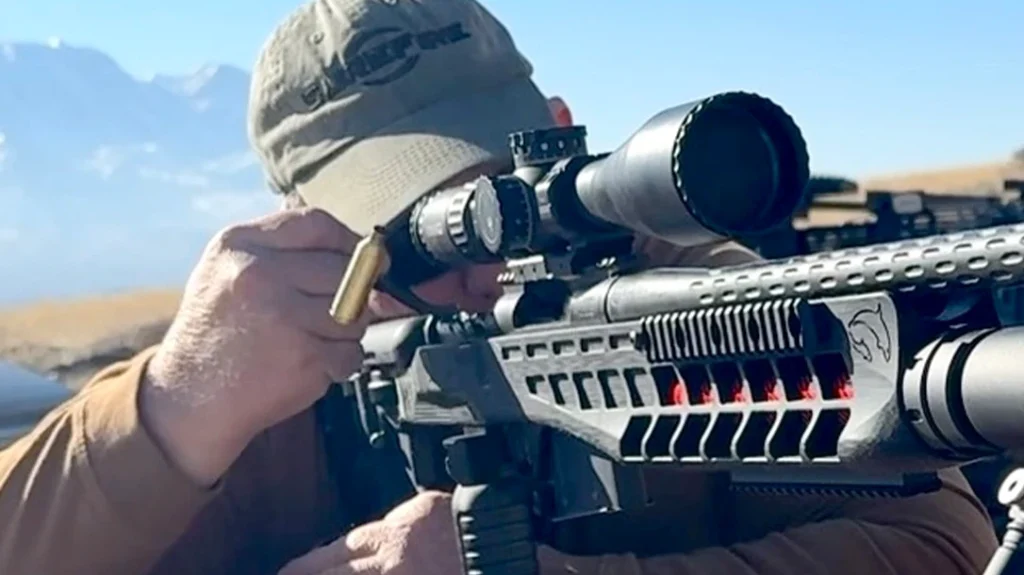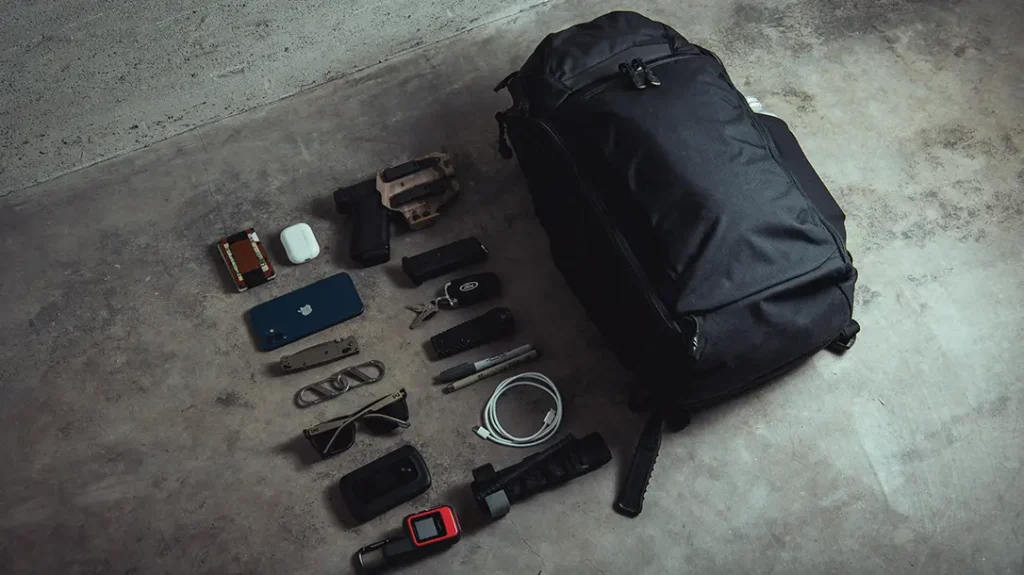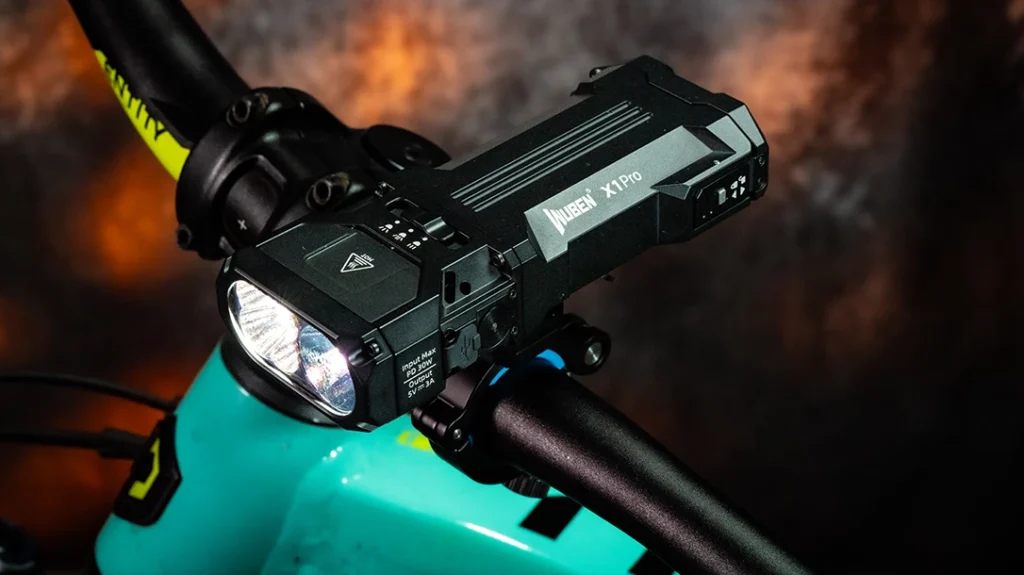This post was originally published on this site.
There’s nothing finer than an accurate rifle.
As a gunsmith, I handle and shoot a lot of rifles. This means I get to see the good, the bad and the ugly. It’s also my job to make the good better and the ugly, well, not so ugly.
Advertisement — Continue Reading Below
Before defining accuracy, it is important to examine who is giving the definition. A deer hunter’s definition of the term will differ from a benchrest shooter.
For many shooters, Minute of Angle (MOA, 1.047 inches) is considered the standard. Yet, for a benchrest shooter, 1 MOA would not be good enough to win any events even at their local rifle club. Whether you’re deer or punching paper targets, any rifle must possess a few key elements to be accurate.
Perhaps you’ve heard the old phrase, “lock, stock and barrel.” Though gun no longer have locks, when it comes to rifles, their actions, stocks and barrels are still the foundation for an accurate rifle.
Advertisement — Continue Reading Below
Technology has definitely changed accuracy. As a young shooter I recall a 10-inch group at 1000 yards was the pinnacle of accuracy. Today the record 1000-yard group is now under two inches.
The Lock
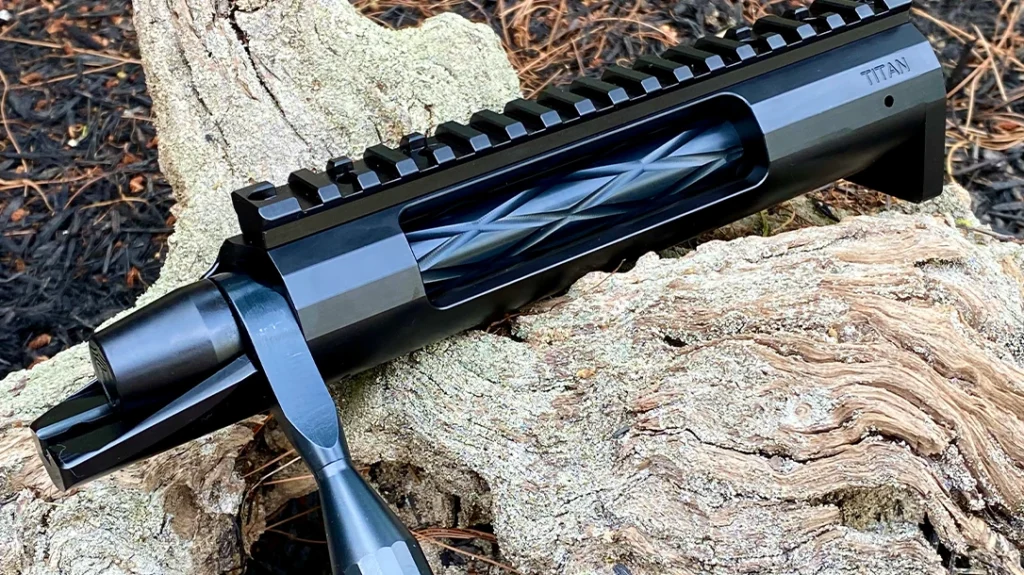
“Lock” was the old-time reference to a gun’s action. OId muzzleloading matchlocks, wheelocks, flintlocks and percussion locks eventually gave way to the modern actions that handled breechloading metallic cartridge ammunition.
Advertisement — Continue Reading Below
Modern actions lock up the cartridge in the barrel. The barrel threads into or is attached to the action in some manner. Likewise, modern triggers are also attached to rifles’ actions. Scope bases typically rest over actions too.
While factory off-the-shelf actions have been serving hunters and shooters for decades, a shift has slowly been moving toward custom or at least semi-custom actions. Such actions offer more concentricity and a degree of exactness not found in a factory action.
Weatherby’s 307 action comes to mind, for example.
Advertisement — Continue Reading Below
Many precision shooters choose a custom action for much of their shooting. Actions are available in two and three lug models in carbon steel, stainless steel and even titanium.
The Stock

Modern rifle stocks are made from wood or composite materials. These days, the consensus is: the stiffer the stock, the better the accuracy. Bedding, which is the process of specifically fitting an individual action to a specific stock (or chassis) also plays a huge part with accuracy.
Advertisement — Continue Reading Below
I have bedded many plastic stocks which were not rigid. When bedded properly in which the barrel did not touch the stock, they shot okay. When the bedding fails, the accuracy does too. Last year I worked on a co-worker’s rifle in which the bedding had softened and was affecting its accuracy. After I re-bedded the stock it now shoots better than it ever has.
B Is For Barrel
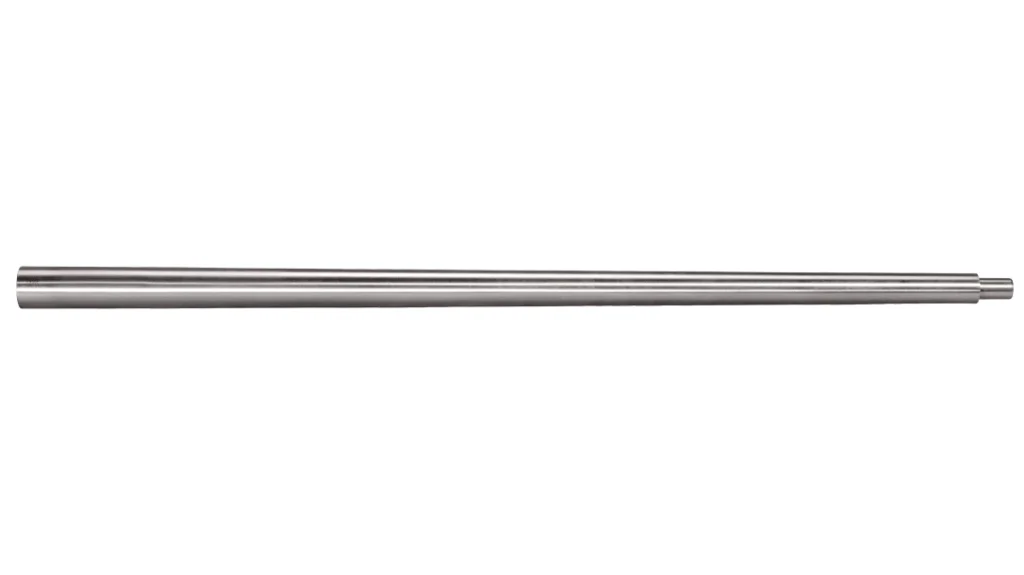
The barrel is the heart of a rifle. A mediocre action with a good barrel will shoot well. However, the opposite may not be true. Barrels are available in a variety of styles, but the outside has little to do with how the rifle shoots.
Advertisement — Continue Reading Below
Barrels can be button rifled (a carbide cutter called a button is forced through the barrel to cut the rifling.) And barrels can also be single-cut (each groove being cut one at a time). Single-cut rifling is the oldest and arguably most accurate method of adding spiral grooves inside a rifle’s bore. Cold hammer forging is another rifling option. This method relies on a mandrel that fits inside the barrel blank. Industrial hammers pound the barrel and mandrel together from all directions. They do so hard enough that the interior of the barrel is left with the impressions of the mandrel’s rifling grooves. This method is famous for its bore durability, since the percussive blows work-harden the barrel metal.
There are also more modern methods like ECM (electrochemical machining). Barrel-making with ECM involves electrical currents and special electrolyte fluids to precisely remove material inside the bore without adding undue heat or stress.
Sighting Systems
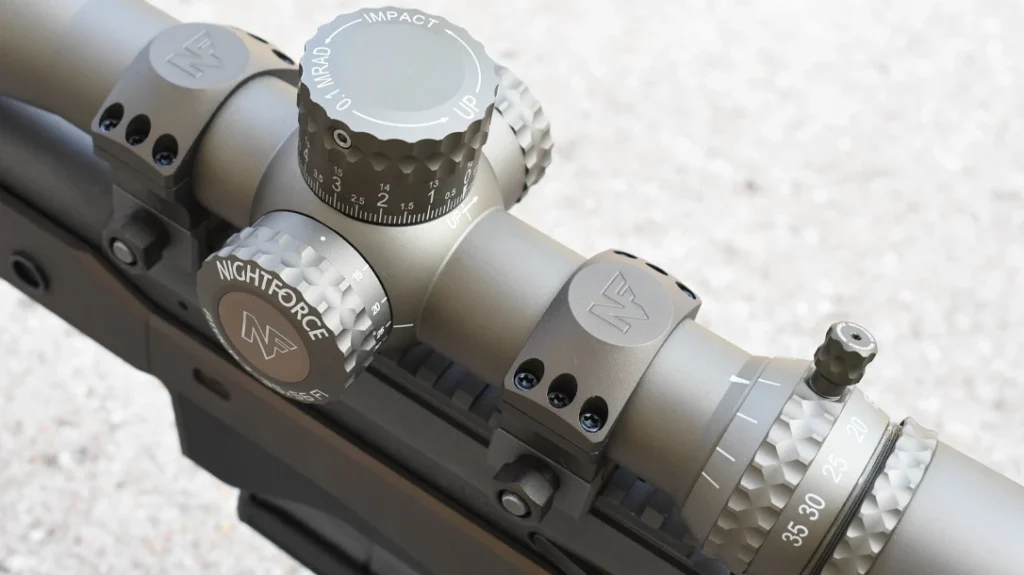
Though the “lock, stock and barrel” are a huge part of rifle accuracy, the sighting system also plays a major role too.
You cannot hit what you cannot see. I’m including the scope, the rings and the bases as one unit.
A rifle’s scope bases, rings and mounts must be mounted and torqued securely and stout enough to keep the scope in place. For this application blue threadlocker is also mandatory. Depending on the use case, scope bases can be made of aluminum, steel or alloy, but they must be secure no matter what.
Finally, the rifle’s scope should match the shooting style that the rifle is set-up for. While you can certainly use a long-range target scope to hunt deer, your typical deer scope would not be the optimal scope for long-range shooting.
Adjusting The Nut Behind The Barrel

Even if you have the most accurate rifle ever made, the shooter still matters. A good rifle doesn’t magically make you a consistent shooter. It’s why most high-level shooters I encounter take many shooting clinics each season or spend hours on the range honing their skills. It doesn’t matter if Daniel Boone was your great, great, great grandfather. You need to practice and become familiar with your rifle.
WHY OUR ARTICLES/REVIEWS DO NOT HAVE AFFILIATE LINKS
Affiliate links create a financial incentive for writers to promote certain products, which can lead to biased recommendations. This blurs the line between genuine advice and marketing, reducing trust in the content.
The post 101: What Makes An Accurate Rifle appeared first on Athlon Outdoors Exclusive Firearm Updates, Reviews & News.
